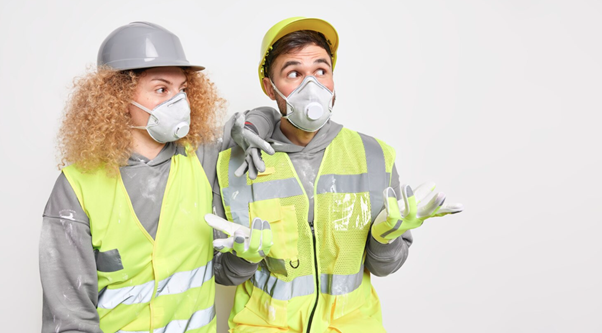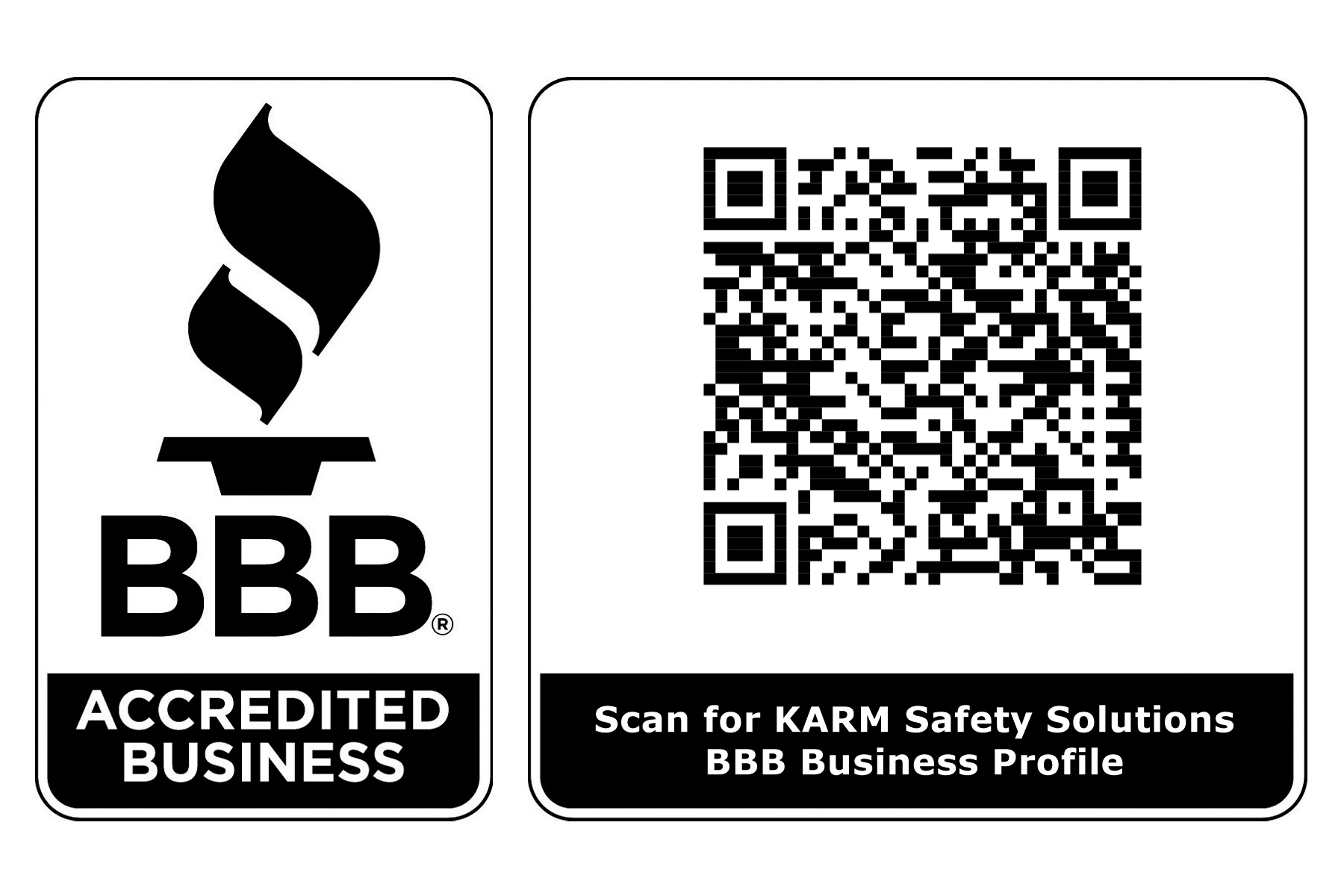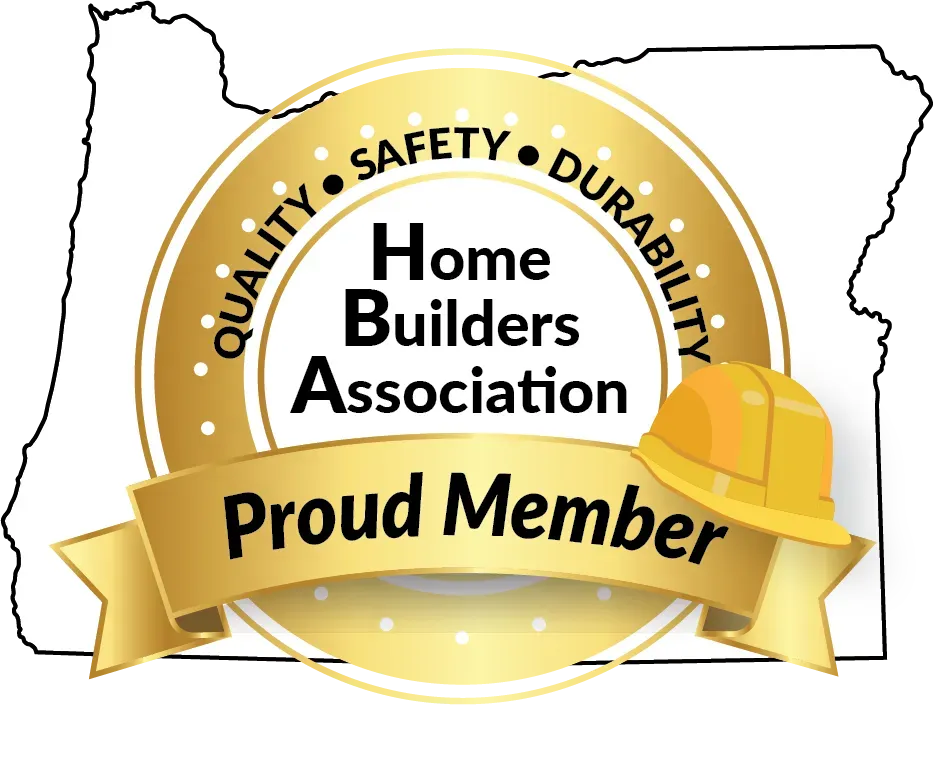How OSHA Bucket Truck Certification Protects Both Employees and Equipment?
In industries that require the use of bucket trucks or vehicle-mounted aerial lifts, ensuring the safety of both employees and equipment is crucial. OSHA bucket truck certification plays a pivotal role in safeguarding workers by promoting safe operating practices and helping reduce the risk of accidents. Whether it’s lifting workers to great heights for maintenance or utility work, proper certification ensures that operators have the right skills to manage equipment safely and effectively. By following OSHA’s strict safety guidelines, businesses can protect their most valuable assets: their employees and their equipment.
Why OSHA Bucket Truck Certification Matters
Bucket trucks are powerful vehicles, but when operated improperly, they pose serious risks. OSHA (Occupational Safety and Health Administration) requires specific training and certification for operators of vehicle-mounted aerial lifts to ensure they understand potential hazards and can prevent accidents. OSHA bucket truck certification focuses on teaching operators how to handle the equipment, manage hazardous situations, and perform regular maintenance to keep the machinery in optimal working condition. With this training, operators gain confidence in their ability to safely perform tasks at elevated heights while keeping themselves and others out of harm's way.
Minimizing Hazards: Safety First
Bucket trucks are essential tools in various industries, but their use comes with inherent risks, such as falls, tip-overs, and structural failures. Through OSHA bucket truck training, operators learn how to navigate these potential hazards with confidence. Training covers everything from vehicle anatomy to common risks, providing operators with a comprehensive understanding of the equipment and how to avoid dangerous situations. Best practices for setting up the unit, inspecting it before use, and handling materials safely are key components of the certification program. This proactive approach helps prevent accidents before they happen, reducing workplace injuries and protecting employees from unnecessary risks.
Equipment Longevity Through Proper Maintenance
In addition to protecting employees, proper OSHA bucket truck certification also extends the life of the equipment. Regular inspection and maintenance are essential for keeping the vehicle in safe working condition. The certification course includes training on performing daily unit inspections to identify any issues before they become significant problems. From checking the hydraulic system to ensuring the integrity of the aerial lift, operators learn how to perform essential checks and ensure the equipment is in good working order. When these procedures are followed diligently, it minimizes costly repairs and increases the longevity of the bucket truck, making it a valuable investment for businesses.
Enhancing Team Communication and Safety Culture
Another critical aspect of OSHA bucket truck certification is improving communication among team members. The course emphasizes the importance of clear safety statements and hand signals during operation. These communication techniques ensure that all workers, whether operating the bucket truck or working around it, are on the same page. By using hand signals and adhering to proper safety protocols, the risk of accidents due to miscommunication is significantly reduced. This emphasis on teamwork and communication also fosters a strong safety culture within the organization, where every team member understands their role in maintaining a safe working environment.
Training Beyond the Operator: Broader Implications
While only bucket truck operators are required to be OSHA-certified, the knowledge gained from the training course can benefit others in the workplace as well. Anyone who works near or around vehicle-mounted aerial lifts will benefit from understanding the hazards and best practices associated with these machines. Supervisors, safety managers, and ground crew members can all gain valuable insight into safe operating procedures, contributing to a safer overall work environment. Having a wider understanding of the safety protocols ensures that everyone is prepared to respond in case of an emergency and prevents accidents from occurring.
Sum Up:
At KARM Safety Solutions, we specialize in providing top-tier OSHA bucket truck training to ensure the safety of your employees and the longevity of your equipment. Our training program covers everything from daily unit inspections to best practices for material handling and rescue procedures. We focus on making sure your operators are not only OSHA-compliant but also equipped with the skills and knowledge necessary to create a safe working environment. With OSHA bucket truck training requirements firmly embedded in our curriculum, we help businesses reduce the risk of accidents, enhance employee safety, and extend the life of their equipment. Let KARM Safety Solutions be your go-to resource for ensuring your team’s safety and operational excellence.













